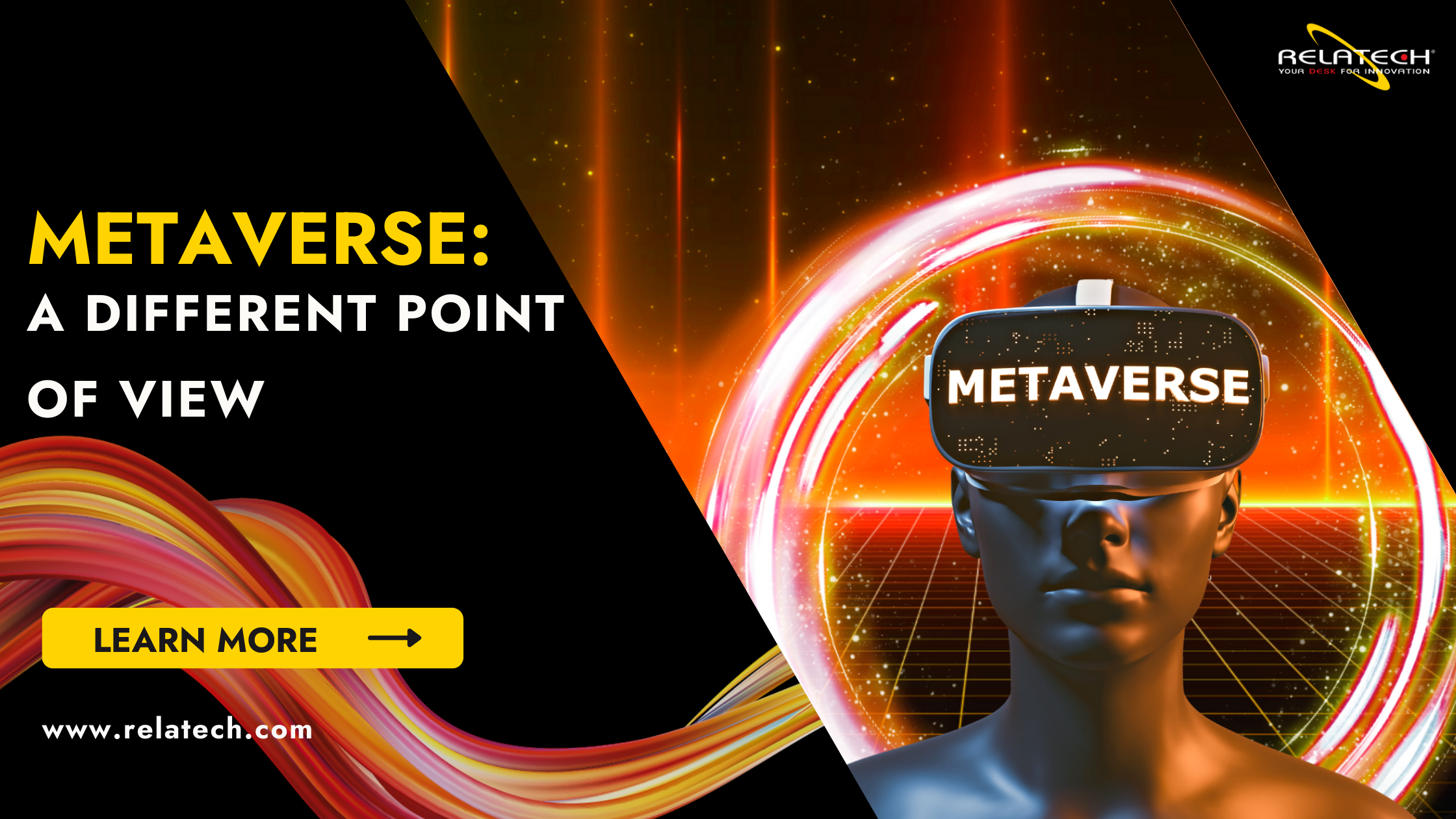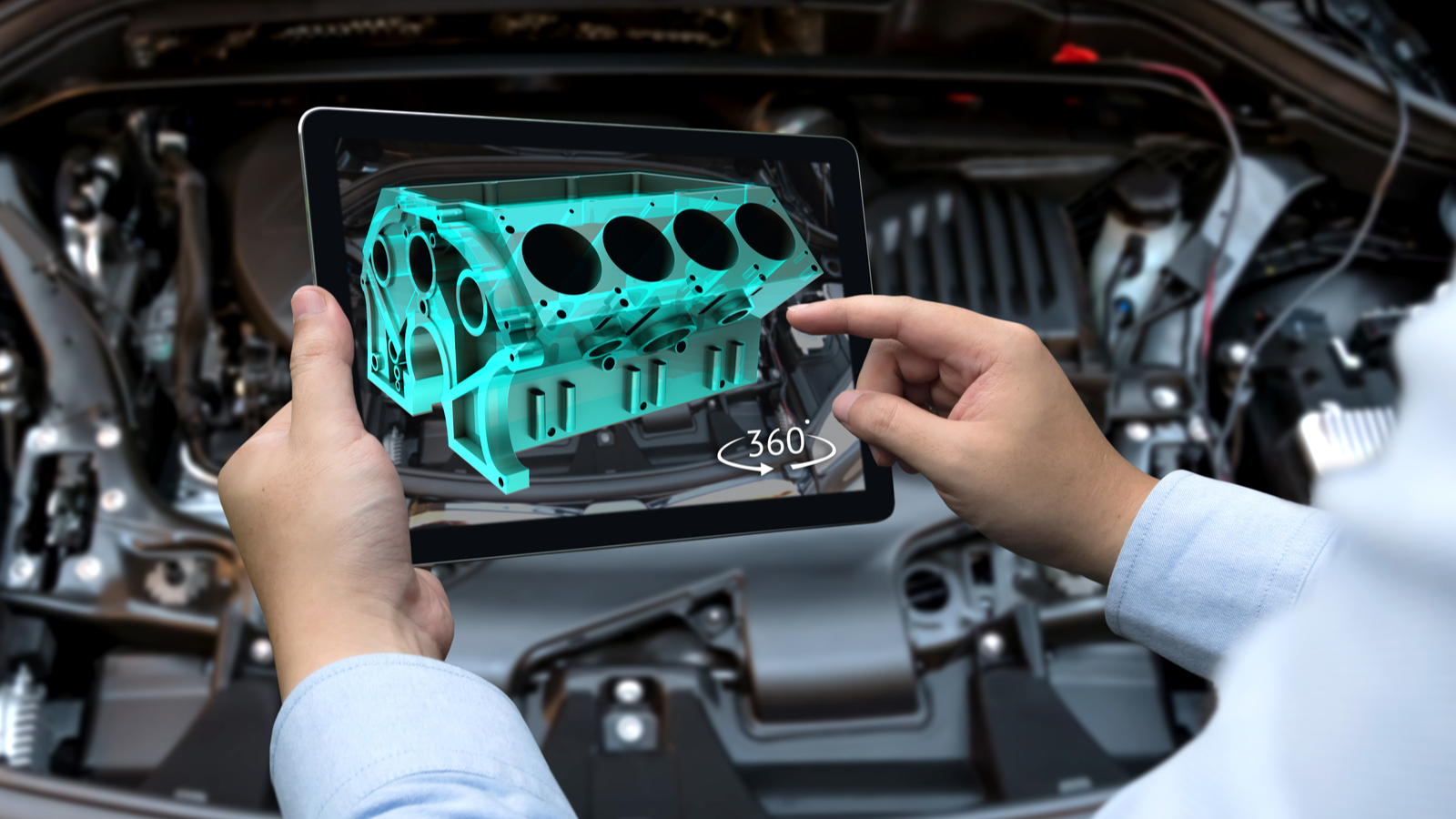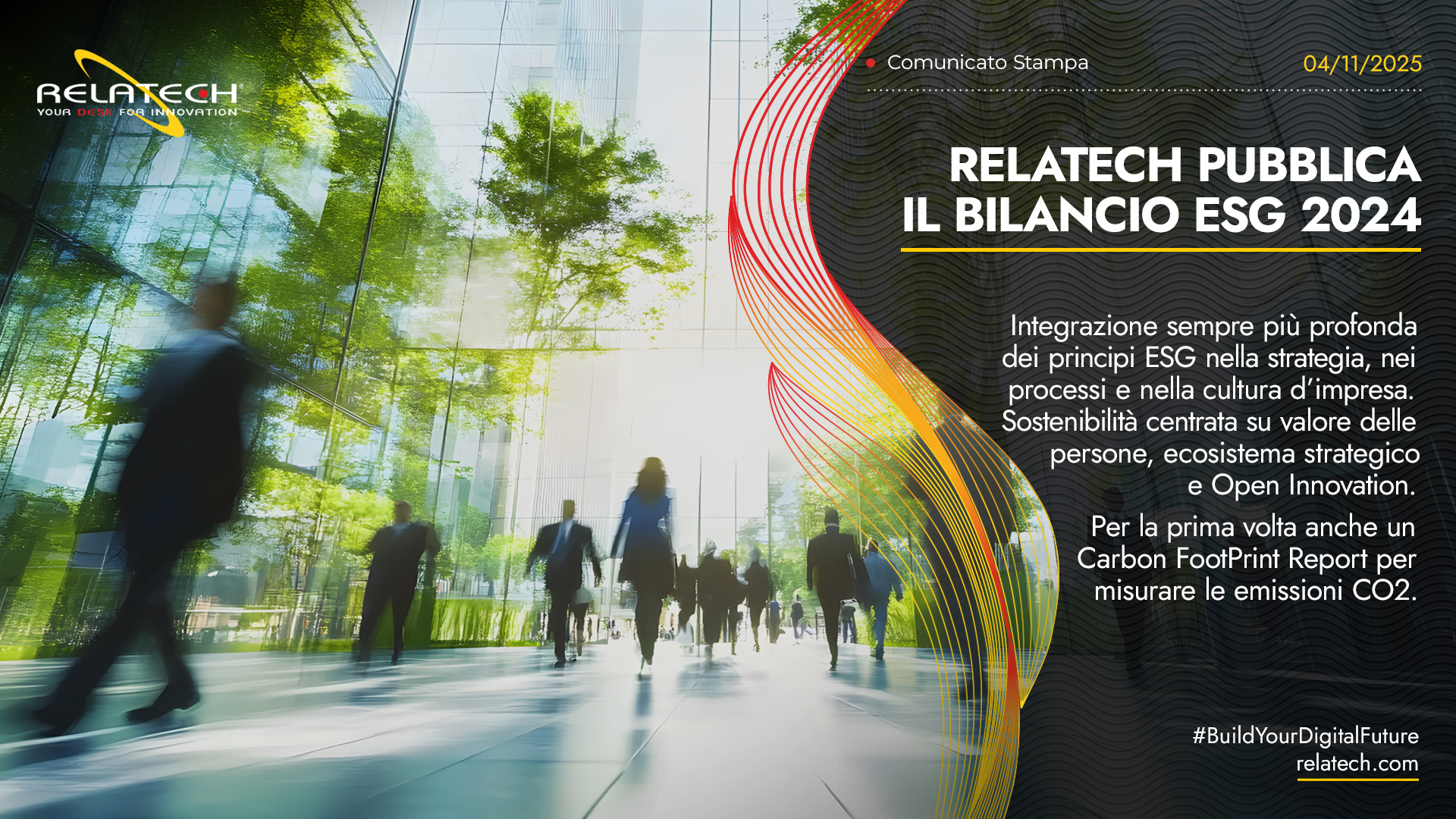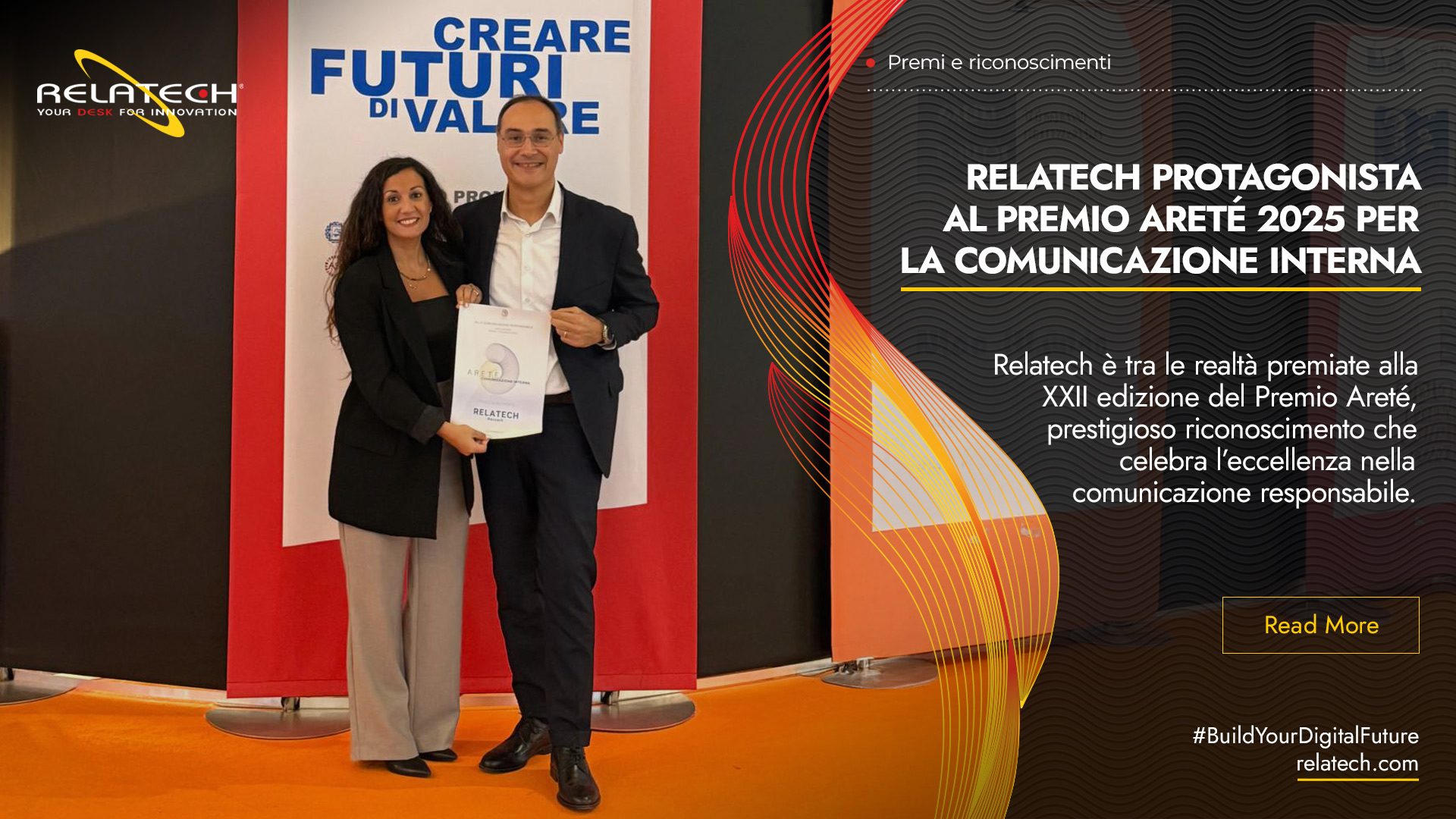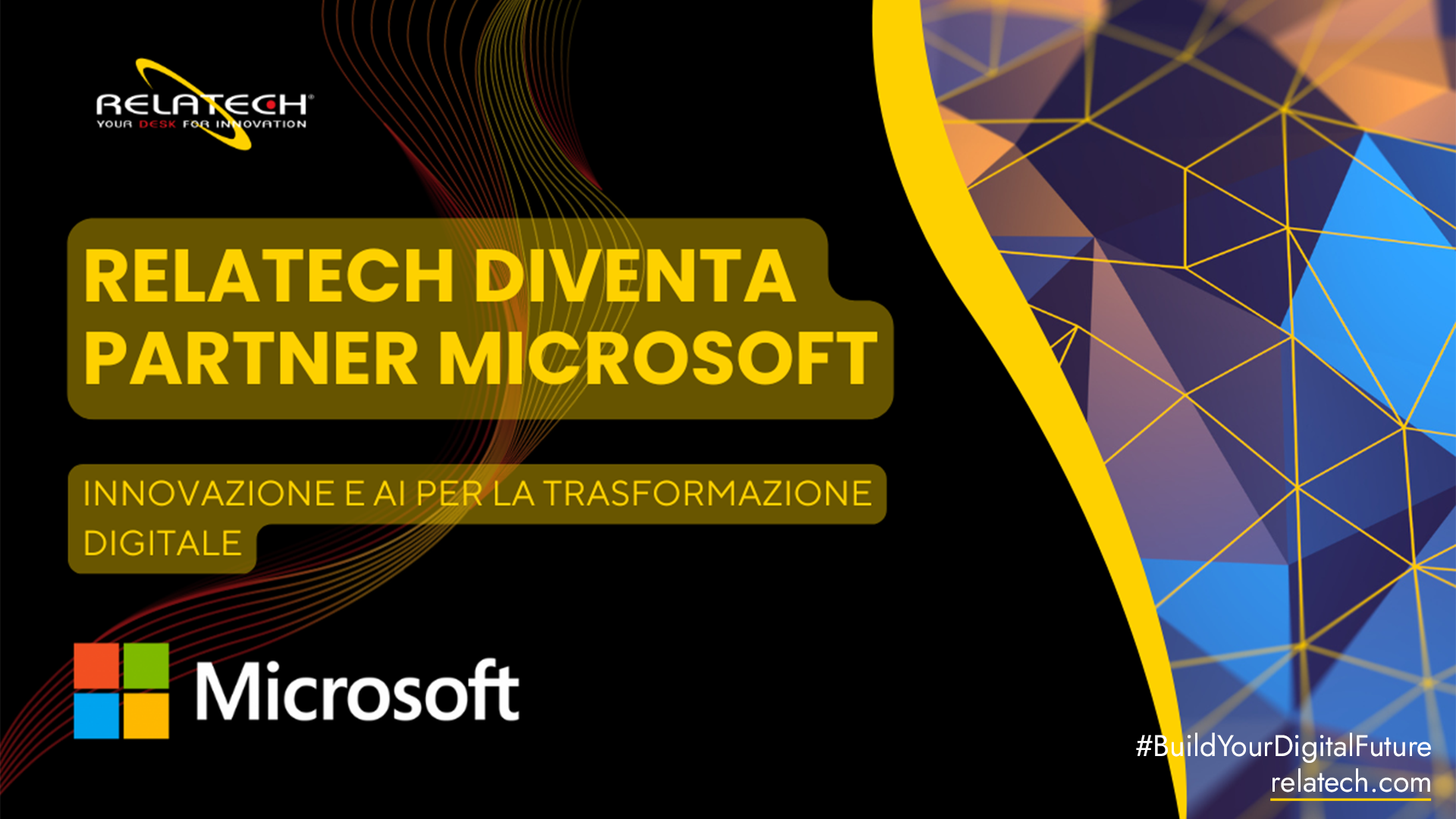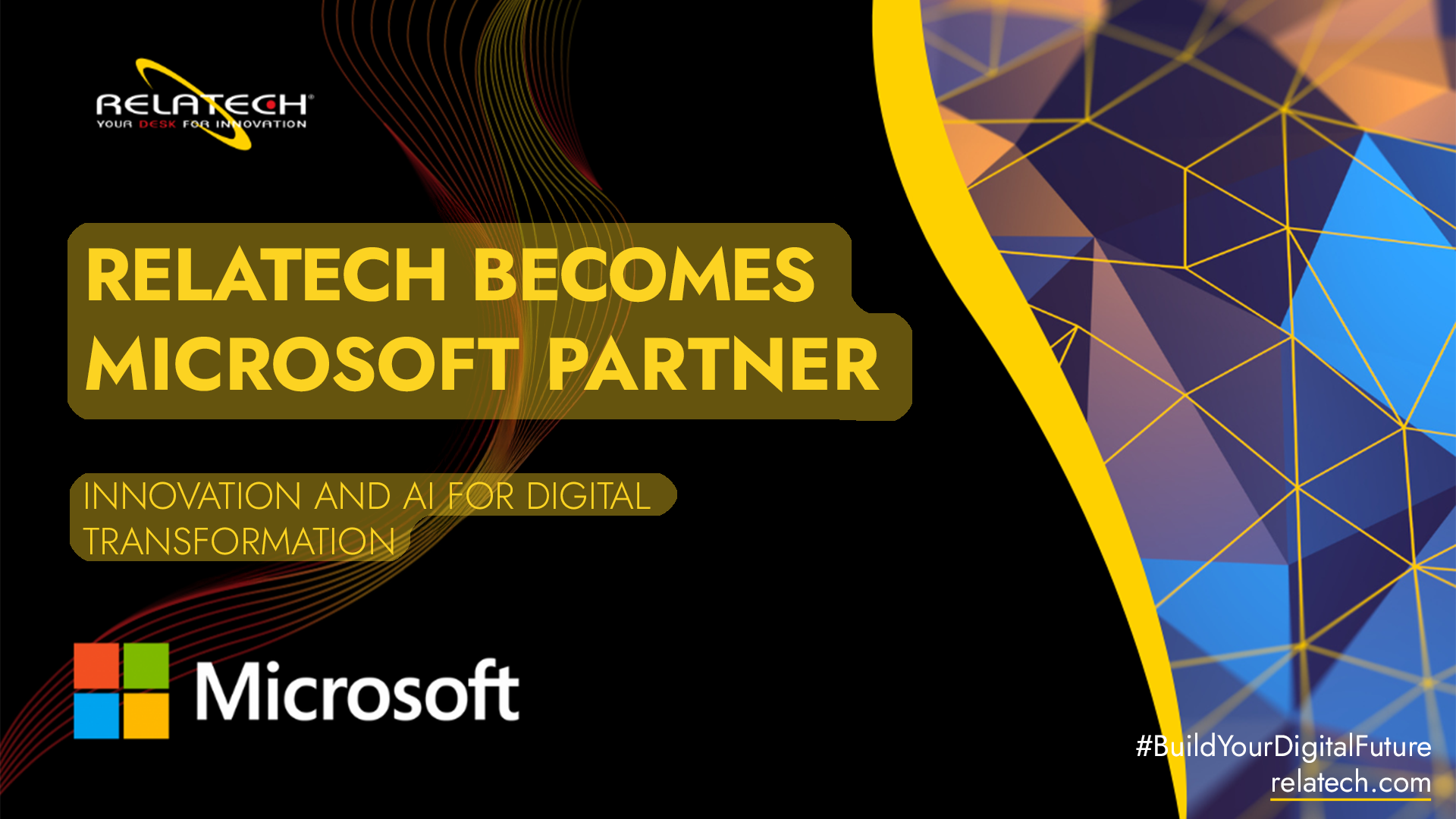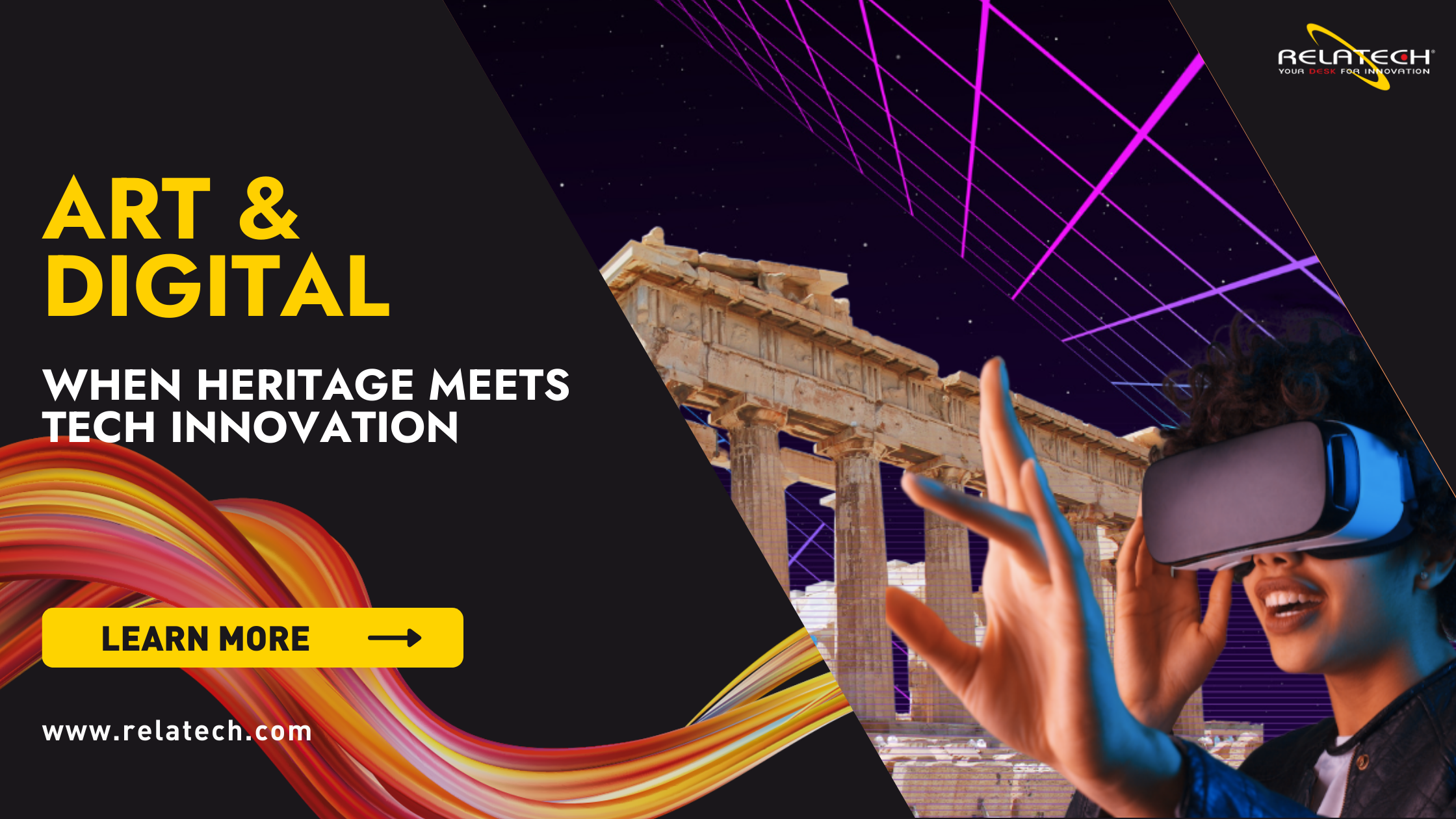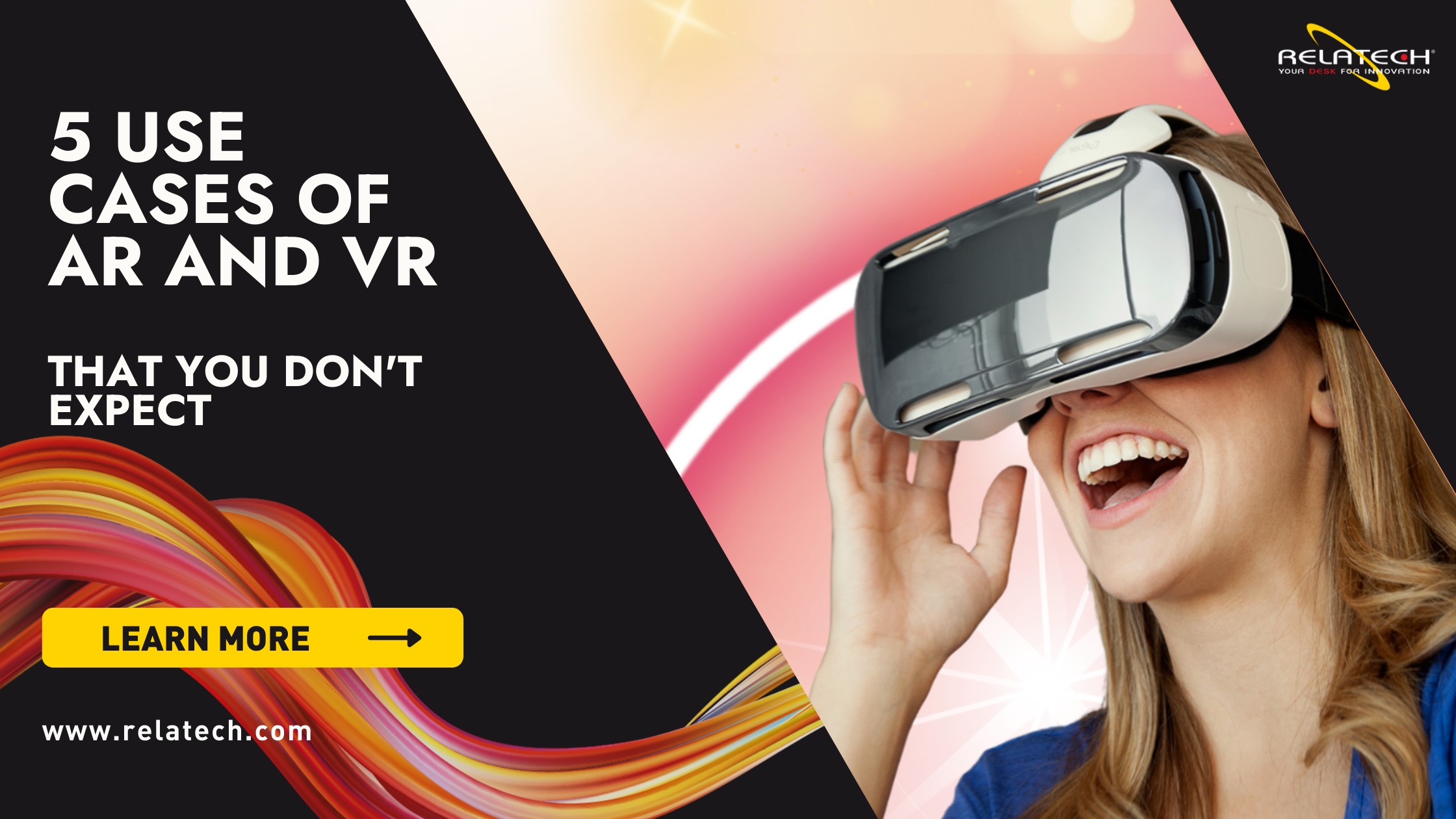Virtual and augmented Reality: the most promising applications
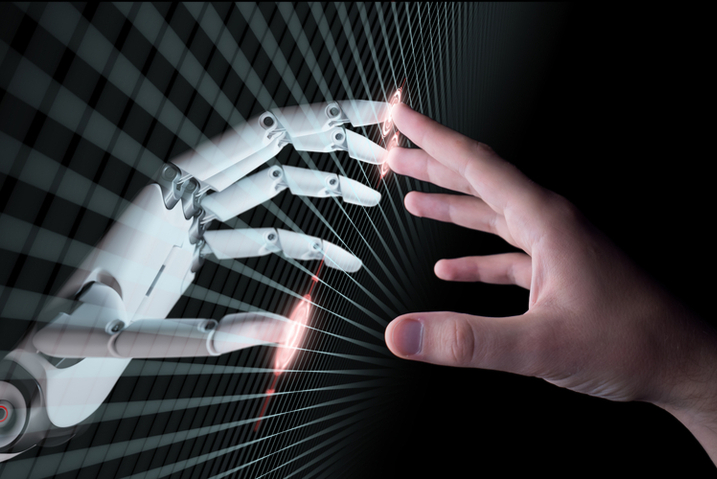
Virtual and augmented reality represent two technologies whose respective markets are growing exponentially. In fact, Grand View Research has calculated that the global virtual reality market in 2020 was worth 15.81 billion dollars, with an annual growth forecast of 18% from 2021 to 2028. The value of augmented reality, higher (17.67 billion dollars in 2020) compared to virtual reality, is even expected to grow over 8 years at a CAGR rate of 43.8%.
Although sometimes confused with each other, virtual and augmented reality provide two different approaches in delineating the relationship of users with the outside world. Virtual reality (VR) is an immersive model that can be used through special devices (viewers, headphones, and gloves) that reconstructs a completely virtual three-dimensional environment. Augmented reality (AR), on the other hand, maintains the link with the outside world by adding digital elements such as 3D images, videos and graphics.
Let us see which are the most promising applications for both.
Virtual reality, from games to museums and manufacturing
Virtual reality had at its dawn a very strong acceleration coming from the gaming and entertainment sectors, to which it provided increasingly marked elements of verisimilitude.
From these sectors it then extended to other segments, showing extreme effectiveness, for example in the field of training and technical training. Mechanics, engineers, pilots, and other highly specialized profiles can now exploit the virtual reconstruction of the contexts in which they are called to operate to learn the mechanisms and, sometimes, obtain certifications.
Furthermore, the pandemic emergency has given a huge boost to the use of exhibitions and museums in virtual mode, making up for the impossibility of being able to go to places of cultural attraction. But the areas of application are many, from retail to real estate, from the world of healthcare, to production and manufacturing. In the latter two, in particular, virtual and augmented reality are often combined to optimize especially the maintenance activities and the design phases.
Augmented reality, digital twin and predictive maintenance
Thanks to augmented reality, for example, it is possible to have a "digital twin" of a machine to constantly monitor its progress. The reproduction can be viewed on a PC, tablet or via HoloLens, the well-known Microsoft glasses capable of offering mixed reality content.
Both for those who find themselves in front of the physical object and for those who control it remotely, its faithful reconstruction is accompanied by all those indicators that signal its correct functioning. This means that any anomalies that may be signaled by the sensors installed on the machine not only appear on the classic dashboards, but also on the holographic twin that represents it. If the operator wears the HoloLens, he can then intervene hands-free. For this reason, AR technology tends to be associated with predictive maintenance, the maintenance model powered by platforms that use machine learning and artificial intelligence algorithms to identify any malfunctions in advance.
The perfect combination of virtual and augmented reality
Still in the production industries, virtual and augmented reality can alternate according to the objectives to be achieved. If the AR, used to support maintenance, helps to reduce the time and costs of the latter, VR allows you to recreate virtual scenarios to simulate spaces, situations and behaviors in an identical way to actual reality.
Think about what it means, for example, to have to place a machine in a factory and try to understand how it will interact with the surrounding environment when it is in motion. Being able to verify it before it happens makes the design much more accurate, saving on the timing of implementation and reducing the risk of construction errors.
For many companies in our country, which hold an international leadership position in the production of industrial machines and systems for wrapping and packaging, having VR technologies would constitute a competitive lever for their reference markets. If augmented reality were added to virtual reality, the benefits in terms of reliability and availability of the systems would be further enhanced.
